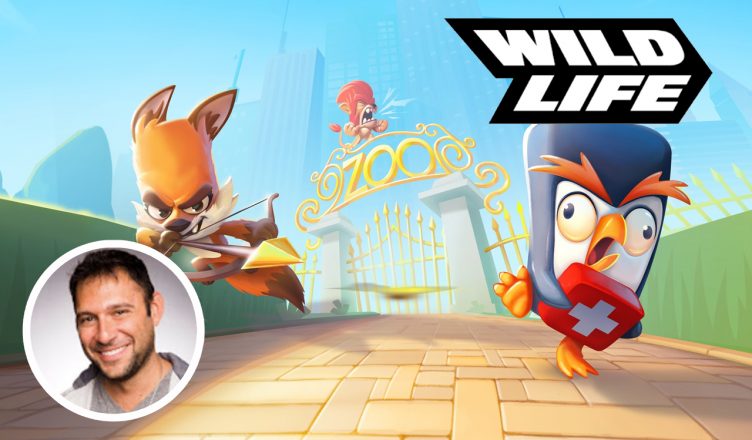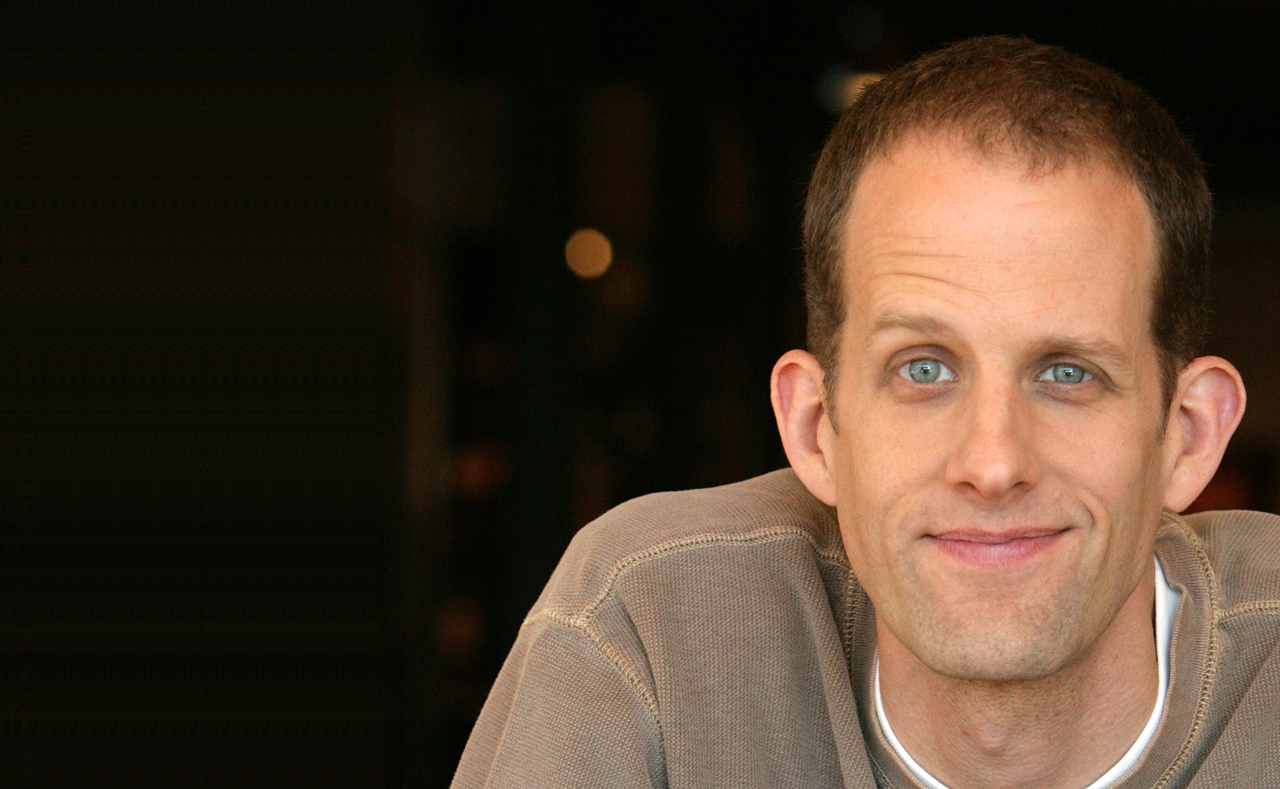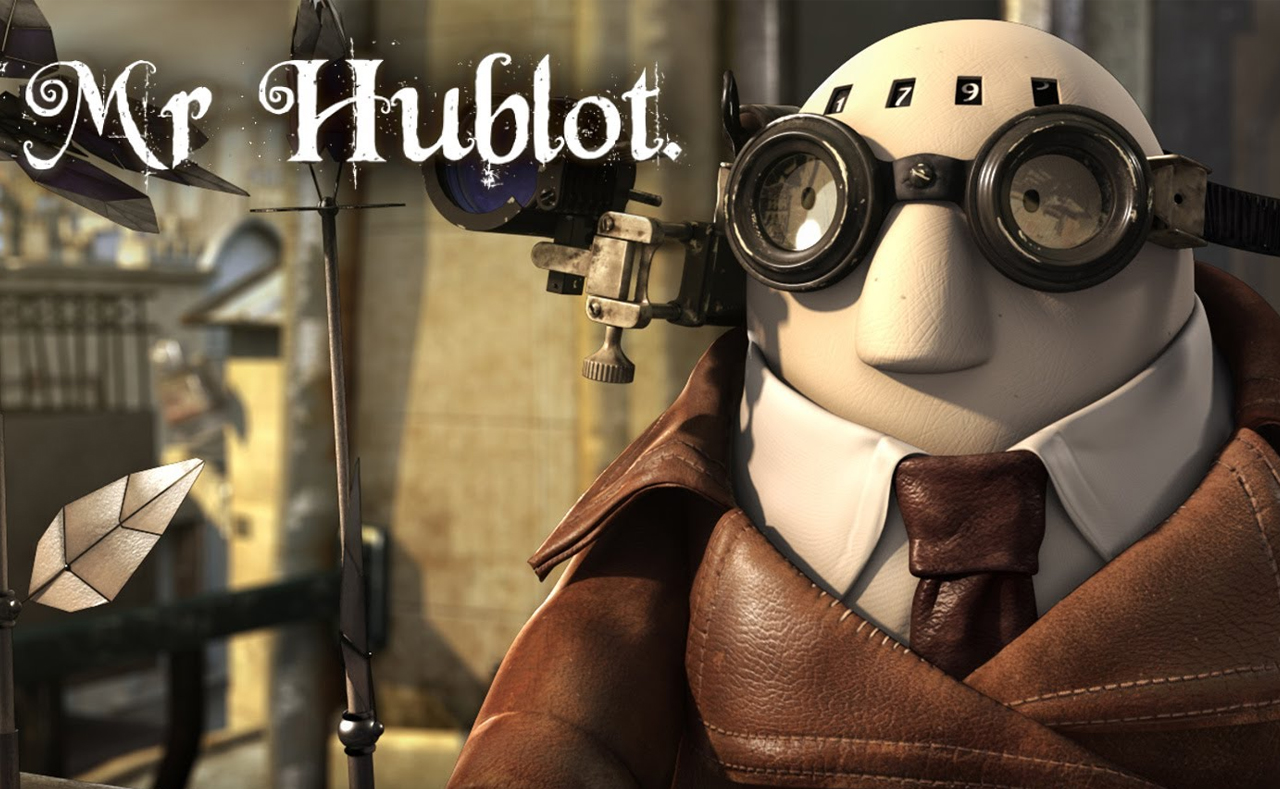By Dean DeBlois
I was asked to write a short essay regarding storytelling [for the Artella audience], and while it’s flattering to think that anyone would want to hear what I have to say on the subject, it also comes with a disclaimer. These are ideas and techniques that resonate with me. They, by no means, represent laws of storytelling.
There are many different approaches, and my particular “toolbox” is a collection of ideas taken from other authorities on the subject, combined with some of my own tried and true discoveries that help to shape stories and solve problems. So, please take them for what they are: one filmmaker’s approach and nothing more. If you find something of value in what you read below, then add it to your own personal toolbox and continue to find your own way.
I became interested in story from an early age. When I saw “Star Wars – The Empire Strikes Back,” I was inspired to write my own fanfiction and original tales. There was something electric and visceral in the mix of action, adventure, humor, and character in that film. It seemed perfect to me; it still does. It inspired me to draw, create comic books, and stage action figure epics in my backyard. It convinced me that I wanted to be a part of the timeless tradition of storytelling, in whatever medium and capacity I could muster.
I didn’t realize it at the time, but the emphasis on relatable characters and the balance of emotions, from terror to heroic inspiration, were being instilled in me from the start. However, when I landed my first jobs in the animation industry, those aspects were missing or muddied in the films that I worked on. The sense of wish fulfillment was sorely absent and the characters did little to stir my emotions. Something was off, and I was determined to find out what went wrong.
My first real epiphany came from attending Robert McKee’s “Story” seminar (offered in London while I was working for Don Bluth Studios in Dublin, Ireland). It was, and is, a weekend-long intensive study on the form and craft of storytelling. I recommend it to anyone interested in the subject. The depth of thought that went into the architecture of well-told stories was a real eye-opener. I had never considered that each character, for example, should somehow represent the qualities and values that are inherent in the main character, both good and bad.
The seminar was thorough and dense, and it certainly filled me with questions regarding my own work, but it didn’t exactly provide practical tools for solving story problems. It did, however, create an appetite for knowledge. I began to seek out and read books on the art of screenwriting, voraciously devouring anything I could find. I discovered that, for the most part, the theories were in line with one another, even though the jargon and techniques varied wildly. Slowly, I began to pick and choose those ideas that made sense to me and tried to put them to use in my own stories.
When I joined the Disney story department in 1994, I found myself finally being able to influence a story with some of the knowledge I’d been building up. The first movie was “Mulan,” and I was taken on as a story artist. The Head of Story was Chris Sanders, a very talented and imaginative guy with whom I quickly formed a strong connection. Chris and I liked the same kinds of movies, shared a similar sense of humor, and I immediately took to his quest to find the most emotional, least conventional way to tell stories.
“Mulan” was an education in itself. There were so many forces at work (writers, directors, executives), pulling in different directions. It took a long time to settle on the basics of the tale we were telling – namely, who was the title character and why should we, the audience, care about her? For the longest time, Mulan was a girl who wanted to defy tradition and escape the life of a dutiful bride-to-be by joining the army in her father’s stead. It wasn’t until Chris forcibly pushed the team in the direction of a selfless girl willing to do anything to save her father that we finally found our compass bearing and we could proceed toward making the film. Surprisingly, this took a long time, almost three years into my five-year stint on the movie! But I learned a valuable lesson: in order to root for a character throughout an entire story, we have to relate to him or her. The character has to, in some way, reflect the audience – in both our triumphs and our failures. A character who is ill-suited, physically and/or psychologically to achieve the goal they most desire is even better.
Chris and I carried what we had learned from “Mulan” into our next project, “Lilo & Stitch.” We hoped that by wearing as many hats as possible (writing, directing, storyboarding), we might avoid some of the pitfalls and unnecessary confusion that we had witnessed. We were determined to crack as many story problems as possible while it was just the two of us, in order to avoid frustrating an impatient crew. We put a lot of emphasis on creating flawed, empathetic characters that reflected ourselves and the people we knew. We tried to mix the ridiculous with the painfully real. We wanted the film to feel different – to start with a villain and turn him into a hero. But most of all, we wanted it to have heart, and we knew that it would come from characters who needed to undergo an emotional transformation.
We would often talk about the story as a living, breathing thing. After a while, we would get the sense that the story itself knew what it wanted, and that it would reject moments and ideas that didn’t support it. There’s undoubtedly an intuition when it comes to storytelling, and I think it’s because we humans are somewhat preconditioned to tell and receive stories in a certain way. Like music, if the notes are off or out of order, it just feels wrong. The same is true of story. We inherently know is something is off or missing. Stories are more than entertainment; they are life lessons, cautionary tales, and reassurances, packaged in myth so as to be safely digest it without any real threat or challenge imposed on our own lives. They show us what’s possible and what must be avoided. I think, for these reasons, storytelling does have form, and understanding it is essential if we can’t always afford to rely on intuition.
In the mid-2000s, I read a book called “Save the Cat”, by the late, great Blake Snyder, as part of my ongoing quest to add tools to my ever-growing story toolbox. Wow, what an eye-opener! It was the first screenwriting book (written by a working screenwriter, no less) that went beyond the theory and presented practical tools for working out story problems. I was especially amazed because the structuring pattern he described in his book lined up exactly with the structures we’d eventually ended up with on both “Mulan” and “Lilo & Stitch,” both of which were a process of trial and error, of intuition. Here was someone who had sampled many of the greatest movies of all time and found consistent correlations in structure. Furthermore, he created a kind of template upon which to check your own stories by presenting a series of questions to ask yourself.
I know what you’re thinking: “well, that’s just formula.” I thought so too, but I’ve come to realize that there is a kind of mathematics to storytelling at its base level. Just like the music analogy, you need certain ingredients in a certain order for it not to sound discordant. Every story has an act structure, a beginning, middle and end, and each of those acts has their own beginning, middle, and end. Even the individual scenes have beginnings, middles, and ends. It’s a basic structure that can’t be argued in classical storytelling. Understanding the ingredients is actually freeing, in that the skeleton, which may seem formulaic at first glance, presents an opportunity to do something fresh and memorable in execution.
My best personal example of that is in “How To Train Your Dragon.” Chris and I were brought onto the project fairly late in the production. Dreamworks had tried to do a relatively faithful adaptation of the book upon which the movie was based, and it wasn’t working. They had sets built, characters modeled and rigged, and several scenes in full production, but the story didn’t work. It was convoluted and haphazardly structured. It needed a page-one reconceive and there was only a little over a year before its release. So, we used what we’d learned from “Save the Cat” to circumvent the long process of reinventing the wheel and relying solely upon intuition in order to create a dynamic structure with a strong transformation for its hero, Hiccup.
At first glance, our stripped-down outline board seemed skeletal and somewhat formulaic, but that’s because we wanted to distill the father & son story that they wanted down to its base form, a story that could be told today, in the future, or in a fictitious past with Vikings and dragons. That way we knew what moments were essential to the story without getting caught up in superfluous details. That outline became our go-to, quick-reference, rock-solid framework upon which all other details could be hung.
One of its essential beats was a scene we called “Forbidden Friendship,” in which Hiccup first touches Toothless in a moment of quiet communion. It’s consistently cited as the most memorable moment in the movie, but on the outline board, it was the most generic! It was simply labeled as the “Black Stallion” moment, in reference
to the music-driven scene in which the shipwrecked boy and the horse befriend one another on the beach of the desert isle. I often reference it as an example of how “formula” can give way to something that feels entirely original, because knowing a scene’s function allows you to be creative with how you actually portray it.
Blake Snyder was also a big believer in the logline – that one or two sentence summary of what the story is about in its essence. I’ve come to believe in it too, even though it’s often the hardest thing to craft. The difficulty lies in understanding your story in its most distilled form. A well-crafted logline contains the hero, his or her problem, the catalyst of the story, the villain or opposing force, the first act break, and a hint at the transformation to come, which is actually the theme of the story. Sounds daunting, and it is!
A great logline contains the hook – that gripping twist or dose of irony that blossoms in your mind upon hearing it, and makes you want to know more. When boiled down to one or two sentences, that big idea gains clarity and strength. In other words, as my college professor Zack Schwartz used to say: “If it reads as postage stamp, it will read as a billboard.” That wise bit of counsel extends to every art form – writing, illustration, animation, music, dance, you name it. The key is strength in simplicity. All other details must support the bold, confident power of the core statement. It’s important to remember, because it’s easy to get lost in the details.
One of the most useful tools that I return to time and again is a series of “Big Questions” that Blake laid out in his third book, “Save The Cat Strikes Back.” These simple questions can knock the kinks out of any crooked story spine. They’re deceivingly simple, but you’d be surprised by how many flawed stories have failed to answer them, and pay the price. Here they are:
- Who’s the hero? What’s his or her problem?
- What does he want?
- What does he need?
- How does pursuing what he wants unexpectedly give him what he needs?
By answering the above questions, you end up with an essential understanding of your main character, the transformation he or she will undergo, and the basic structural elements of your story that support that transformation. This is your compass bearing, helping you stay true to the path of your initial aspiration. From there, Blake lays out a fifteen beat series of touchstone questions that plot the markers of that path, forming the structure itself. I won’t go into them here; they’re amply described in his book. Suffice to say that I’m a believer, because I’ve fought through it the hard way, only to come to the same eventual conclusions.
Above all, tell stories that you believe in, not stories that you think the world wants or the film industry demands. Formula stinks most when you feel that the author has nothing personal to add. Emotion in movies flows freely when it comes from a real place, real experiences. Sure, you have to be mindful of the audience – you don’t want to bore them after all – but the more the story touches you, makes you laugh, thrills you, or make you cry, the better chance it has of stirring those same emotions in someone else. The tools are there to stretch the canvas and prime it for your creations, but your own strokes of brilliance are what brings it alive.
Lastly, if story is your passion, make a pact with yourself to become a lifelong student of it. Read everything you can find on the subject. Study films that you admire. Break them down and analyze the components that make the scenes so resonant. Attend seminars like Robert McKee’s “Story.” Don’t become too cocky or complacent. Story is an untamable beast, filled with mysteries and luck. Anyone who claims to have it down is usually a victim of his or her hubris. After all, if dynamic, emotive storytelling can be boiled down to a series of bullet proof rules, every movie would be a blockbuster and every book would be a best seller. There’s no substitute for a great idea and a unique voice. Find yours and work on it. Never stop challenging yourself to achieve excellence. You won’t always attain it, but you might just strike gold in your humility.
Try to have fun and good luck!

Dean DeBlois
Dean DeBlois is the Director of the “How to Train your Dragon” films from DreamWorks. Read his full filmography HERE.




